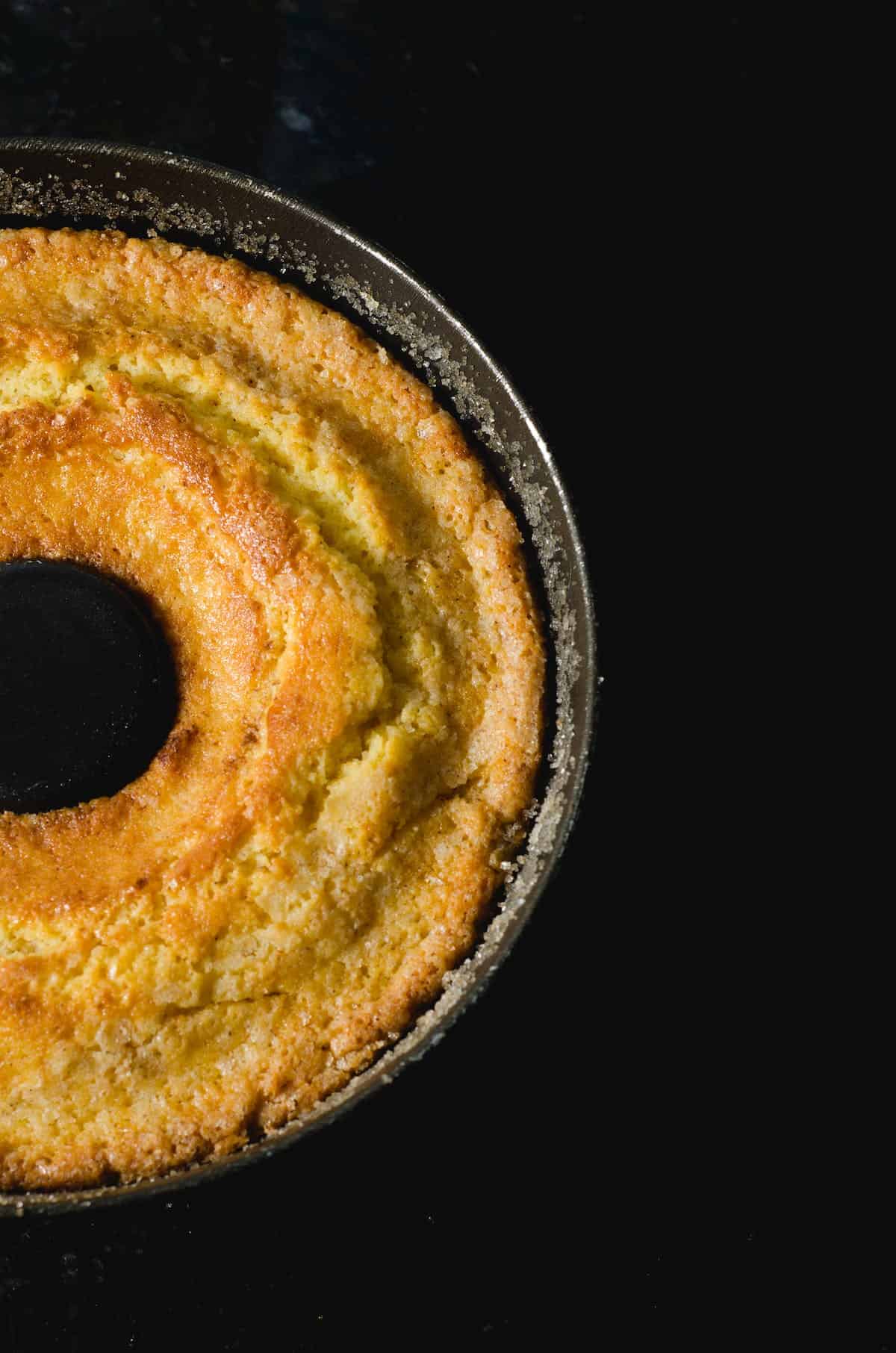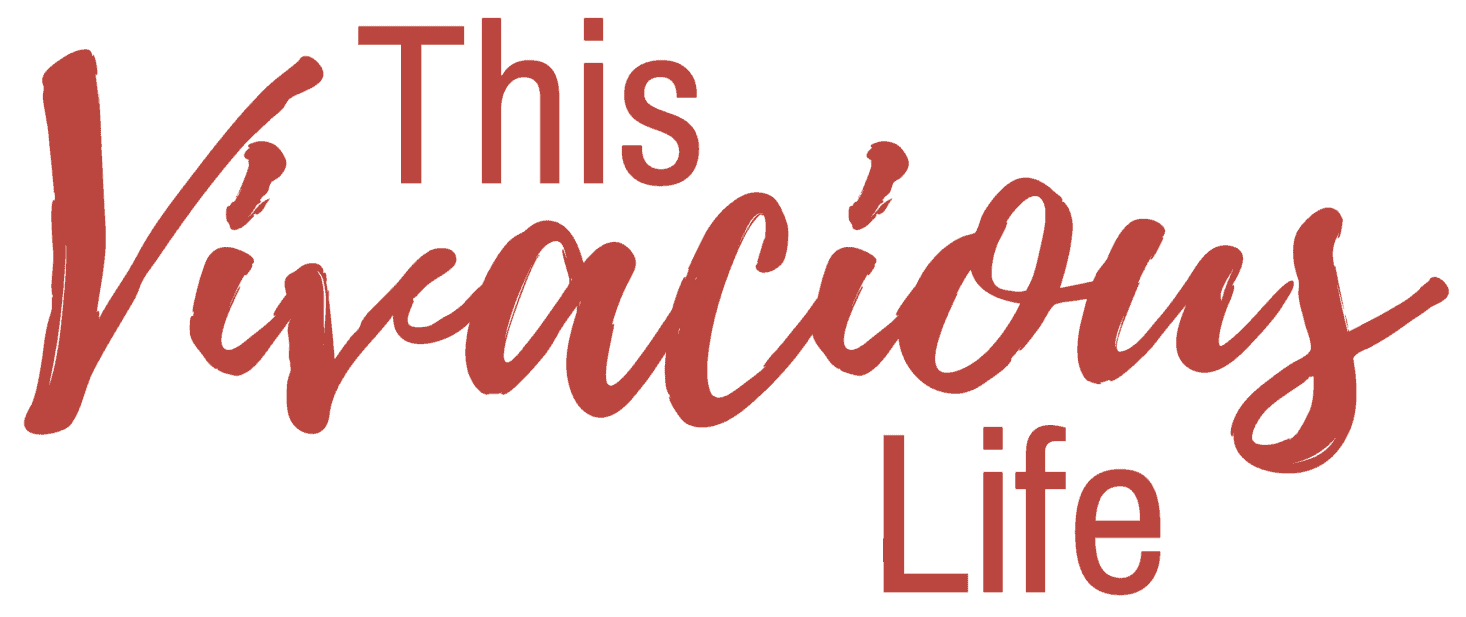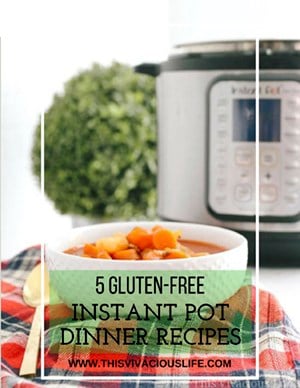Have you ever wondered, is cornbread gluten-free? You are not the only one! Learn the answer to this question and more in this article all about cornbread and how it relates to eating gluten-free.
Cornbread is a type of bread made with cornmeal and is usually considered a Southern dish. It pairs well with honey and butter. But is it gluten-free?

No, cornbread is not gluten-free. The answer is simple, but keep reading to learn more about why cornbread is not gluten-free and to learn if there are ways to make it gluten-free.
What about jello… Have you ever wondered, is jello gluten-free? Or maybe, is farro gluten free? Or are potatoes gluten free? We answer those questions as well.
Is cornbread gluten-free?
You would think that cornbread is gluten-free as it is made of corn. Yes, corn itself is naturally gluten-free and is often used in recipes for those with celiac disease. But, cornbread is actually not gluten-free. Masa for tamales is another one that you may wonder if it is gluten free.
Corn is an ingredient in cornbread, but flour is also an ingredient. Wheat flour is most likely always used in cornbread or cornbread mixes, keeping it from being gluten-free.
Here is our gluten free cornbread that is slightly sweet, soft and oh so delicious!
There are homemade cornbread recipes that are gluten-free and boxed cornbread mixes that are gluten-free. You just have to do the research and really look at the ingredients. Typically it is making sure you use gluten-free flour instead of wheat.
What is cornbread made of?
Cornbread is a mixture of flour and cornmeal. Sometimes you will find that cornbread can be lighter and more like a cake, or sometimes you will find more of a dense cornbread. It all depends on personal preference.
Cornmeal is made up of ground-up corn so it is like flour, but corn. You can find a variety of textures with cornmeal from fine to coarse. Most of the time, cornmeal is used in cornbread.
You can also use cornmeal to fry things, like fish and chicken, creating a crispy crust. Cornmeal can be found at your local grocery store in the baking aisle.
Because it is made of corn, cornmeal is naturally gluten-free. It does depend on where the cornmeal is produced though. Many food facilities make multiple things, so cornmeal could be in the same facility as a gluten product.
Even if they are on complete opposite sides of the facility, there is still a chance of cross contamination. To be safe, always check the food labels to ensure that whatever you are buying is certified gluten-free.
Can gluten-intolerant people eat cornbread?
The short answer is no. Cornbread uses wheat flour, which contains gluten. For someone with celiac disease or a gluten intolerance, they would want to avoid regular cornbread.
There are gluten-free cornbread mixes you can buy though. There will be a label on the box that will say gluten-free. You can also check the ingredients list and any allergens will be listed.
The FDA regulates if a product is certified gluten-free or not by testing the product and seeing how much gluten is in the product. The lowest level of gluten they can find when testing any food is 20 ppm gluten.
So, if a product has less than 20 ppm of gluten, the food product can be labeled as gluten-free. When a product is labeled “certified gluten-free,” it is deemed safe for those with celiac disease to consume.
For those with gluten allergies, your best bet to have cornbread is to buy gluten-free cornbread mixes or to find a good homemade gluten-free cornbread recipe. There are plenty of gluten-free cornbread recipes that are amazing.
We have a recipe for gluten-free corn casserole that is absolutely divine. It is a bit heartier and sweeter than regular cornbread and is the perfect side dish for any meal. We especially love it as a dish at Thanksgiving dinner.
How can I make gluten-free cornbread?
The biggest thing is you need to replace the flour with a gluten-free alternative. This could be mix of almond flour, coconut flour, tapioca flour, or a gluten-free flour blend. There are plenty of gluten-free flour options that work great.
If you want to learn more about baking with gluten-free flour, check out our gluten-free flour and starches post. It will teach you everything you need to know about gluten-free baking.
Once you have your gluten-free alternative to flour, you will want to make sure you have gluten-free cornmeal. Technically, it is naturally gluten-free, but as previously stated, there is a possibility of cross contamination in production.
Make sure that the box says gluten-free on it and you will be golden. It is always better to be safe than sorry when it comes to a gluten allergy.
A common ingredient in gluten-free baking is xanthan gum. It mixes with whichever gluten-free flour blend you are using and helps prevent any of the ingredients from separating. It also acts as a thickening agent.
All of these things help those on a gluten-free diet enjoy sweet cornbread or savory cornbread. You can even try gluten-free cornbread muffins! It only takes a bit of research and simple ingredients.
What is the best way to store cornbread?
There are two different types of cornbread out there. There is moist cornbread, which you really want to make sure you store properly so it does not dry out. Then, there is a more crumbly cornbread.
Some people enjoy cornbread that has a tender crumb texture to it. When storing this type of cornbread, it is okay if it sits out for a bit because the crumbly texture is desired.
For both types of cornbread, you will want to make sure they cool to room temperature before storing them. Once cool, place in an airtight container. You can also wrap the corn bread in plastic wrap.
If you really want to make sure your cornbread does not dry out, you can wrap it up in plastic wrap and then put it in an airtight container. That way, it really will stay moist.
Gluten-Free Bread
If you like gluten-free cornbread, you have to try some of our gluten-free bread. For example, our gluten-free crescent rolls will be your new favorite rolls. I know they are my favorite.
We also have gluten-free sourdough crescent rolls, gluten-free sourdough bread, and many other yummy gluten-free foods. The best way to succeed when making a gluten-free recipe is to be patient with yourself, so give it a try!
The next time you make gluten-free bread, especially cornbread, you should try adding melted butter, maple syrup (depending on the bread), and or a little honey. It really takes the bread to the next level.
Need to know what gluten free candy you can have? We’ve got you covered.
FAQ
Does cornmeal contain gluten?
Because it is made of corn, cornmeal is gluten-free. There is a possibility of cross contamination in the manufacturing process, so it is the best bet to go with cornmeal that have “gluten-free” on the packaging.
What’s the difference between cornbread and corn muffins?
Corn muffins are baked in a muffin tin, whereas cornbread is baked in a skillet or cast iron pan. You will find that corn muffins are also a bit sweeter depending on the recipe you use.
Is there a difference between Northern cornbread and Southern cornbread?
Actually, there is! Southern-style cornbread uses more eggs and white or yellow cornmeal, making it more of a cake texture. It is typically sweeter also. Northern cornbread uses less eggs and yellow cornmeal, producing a crumbly texture.
THE BOTTOM LINE
So, is cornbread gluten-free? No, but there are plenty of gluten-free options. By switching out the flour with gluten-free flour or buying a box of gluten-free cornbread, those with celiac disease or a gluten intolerance can enjoy cornbread too.






Leave a Reply